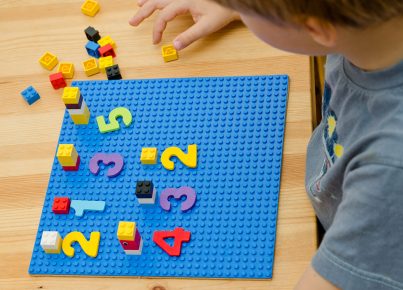Introduction:
Academic growth is the ultimate goal of every educational institution. Helping students reach their potential and achieve academic success is the responsibility of educators, parents, and society as a whole. One crucial factor to consider is literacy – an essential life skill that lays the groundwork for learning and knowledge acquisition. But for this skill to take root, it is fundamental to believe that literacy is possible for everyone, regardless of background, social status, or learning ability.
Believing in Universal Literacy:
It’s time for us to challenge the idea that only a select few are destined for literacy excellence and success. Believing in the capability of every student helps create a more inclusive educational environment where children have equal opportunities to learn. Additionally, promoting literacy as an attainable objective also encourages teachers to look beyond the surface and discover every child’s true potential.
Methods to Foster Literacy:
Fostering literacy among all students requires various methods that cater to diverse learning styles. Some strategies include:
1. Individualized Learning: Designing tailored lesson plans that accommodate each student’s unique needs can provide targeted support in developing their reading and writing skills.
2. Integrated Technology: Utilizing technological resources can make learning more engaging, allowing students to actively participate in their education.
3. Engaging Content: Providing stimulating content motivates students to take an interest in reading and writing, making the practice enjoyable rather than arduous.
4. Collaboration: Encouraging group work increases accountability and fosters peer-to-peer learning. Students can benefit from their classmates’ strengths while addressing their weaknesses together.
5. Teacher Support and Training: Providing ongoing professional development ensures that teachers remain up-to-date with current methodologies – better equipping them with the tools necessary to promote literacy in every student.
Creating a Culture of Literacy:
Building a school culture that prioritizes literacy serves as a catalyst for student achievement. Advocating for the importance of reading and writing and how these skills influence future success instills a drive in students to excel academically. Establishing programs such as book clubs, writing workshops, and community outreach initiatives can bolster the pursuit of literacy among all students.
Involving Parents in the Process:
Parental involvement is an equally essential aspect of fostering literacy growth. Parents can take on several roles, from reading to their children at home to becoming literacy advocates within their communities. Encouraging parents to play an active role in their child’s education assists in bridging the gap between home and school environments.
Conclusion:
By cultivating a belief that literacy is achievable for all, we invest in the development of a knowledgeable, educated society capable of tackling future challenges. Collaboratively working together – educators, parents, and communities – can ensure academic growth becomes a reality for every student. Everyone has the potential to become literate; we just have to believe it’s possible.





